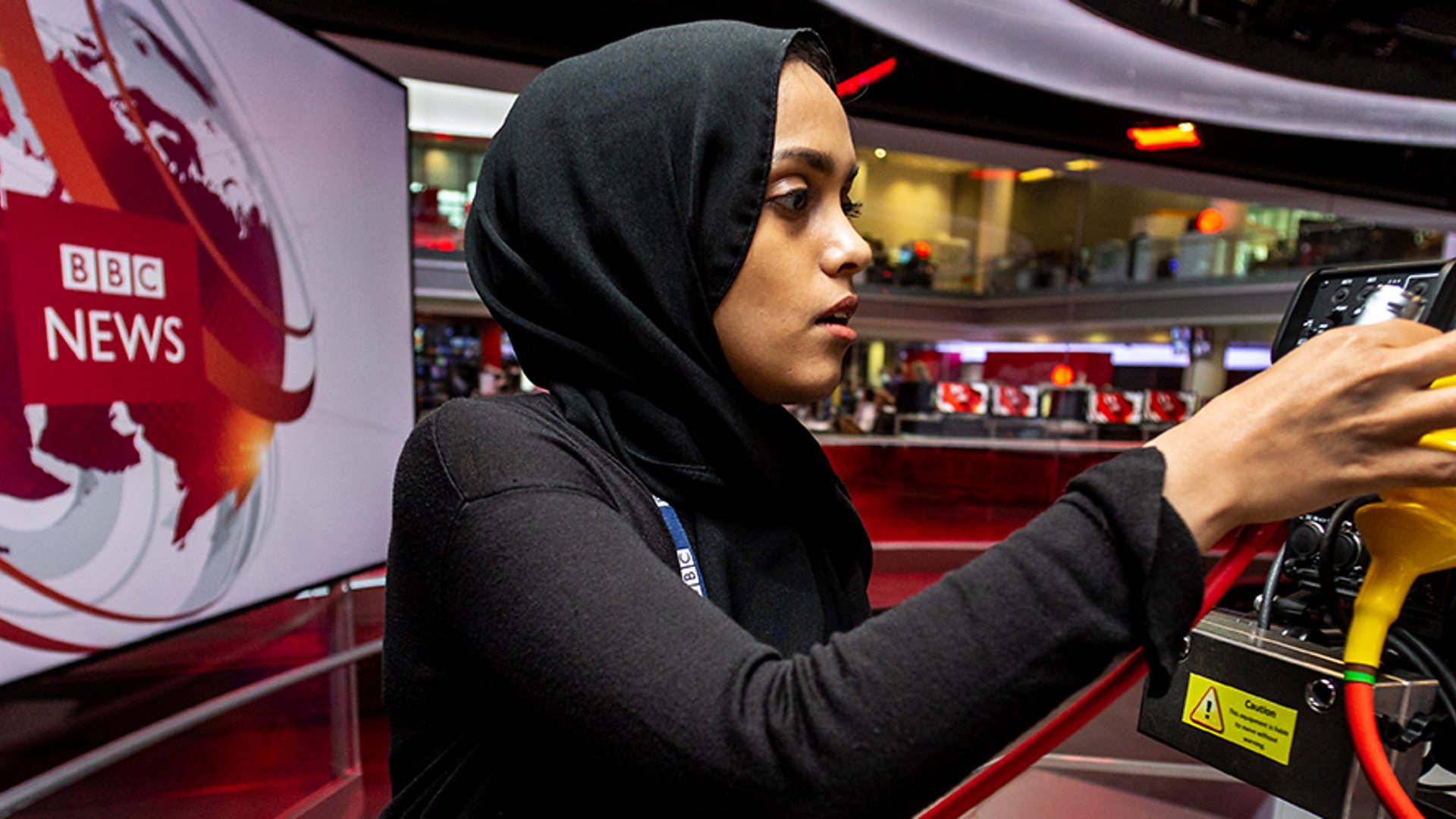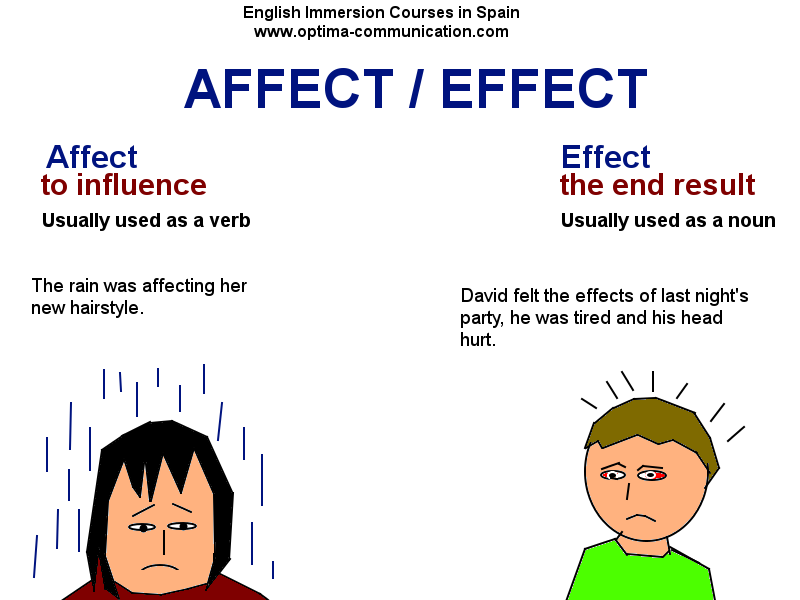


The Polaris Dawn crew calls it "the cyborg study." The contact lens contains a tiny antenna to transmit its data and will explore how the front part of the eye changes with microgravity exposure. She has been working with the Polaris Dawn crew to help examine the timing of spaceflight-induced changes to the human eye through continuous monitoring of intraocular pressure, the pressure within the eyeball.Īnderson's study involves a Sensimed-produced "Triggerfish" contact lens that has an embedded strain gauge to measure how the cornea changes shape over time.

(Image credit: Dane Penland/Smithsonian National Air and Space Museum (Used with permission)) Cyborg studyĪllie Anderson is a leading SANS investigator in the College of Engineering & Applied Science at the University of Colorado, Boulder. He gauged his visual status by reading an eye chart mounted on the instrument panel of his single-seat capsule. Little was known regarding vision in Earth orbit when Mercury astronaut, John Glenn, circuited the Earth in 1962.


 0 kommentar(er)
0 kommentar(er)
